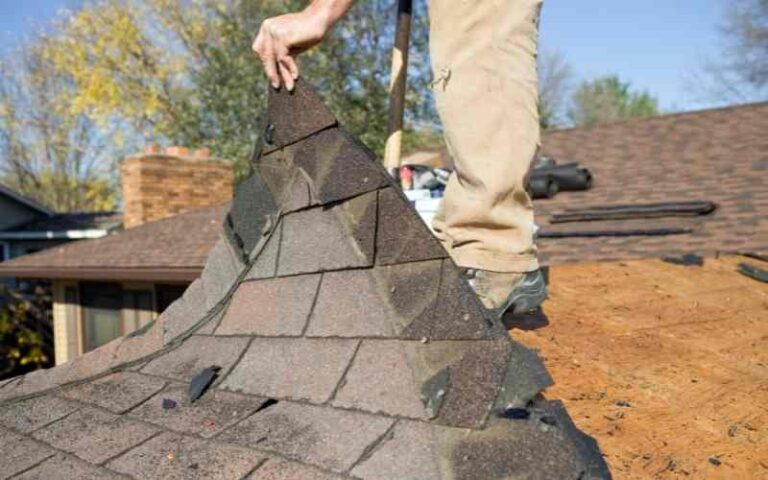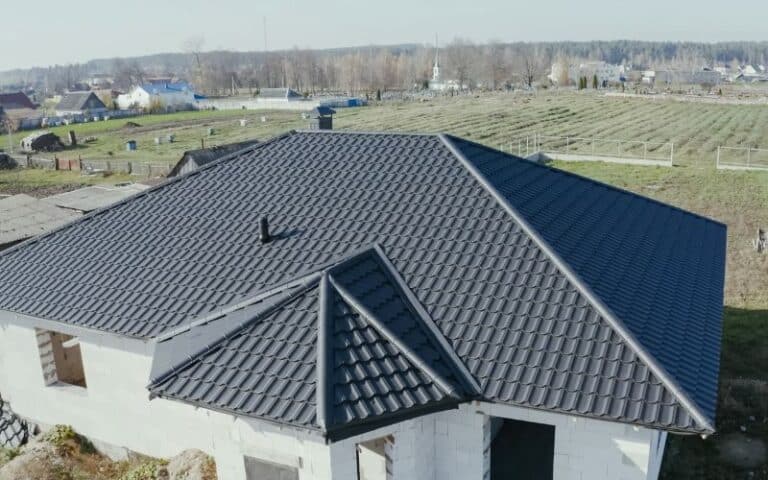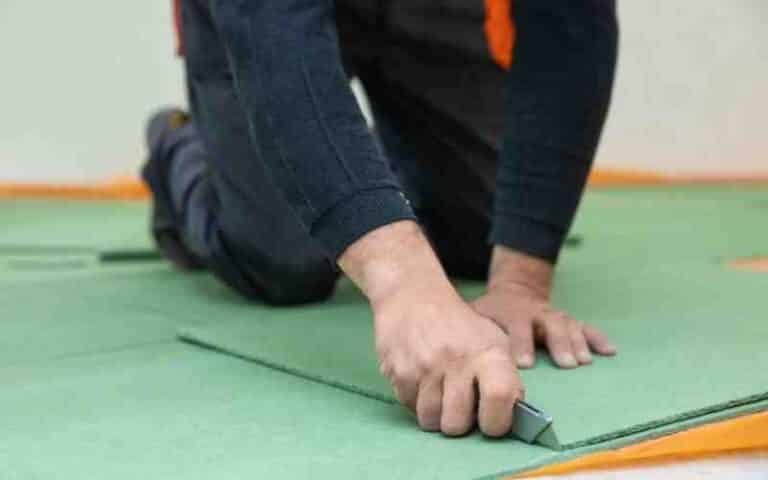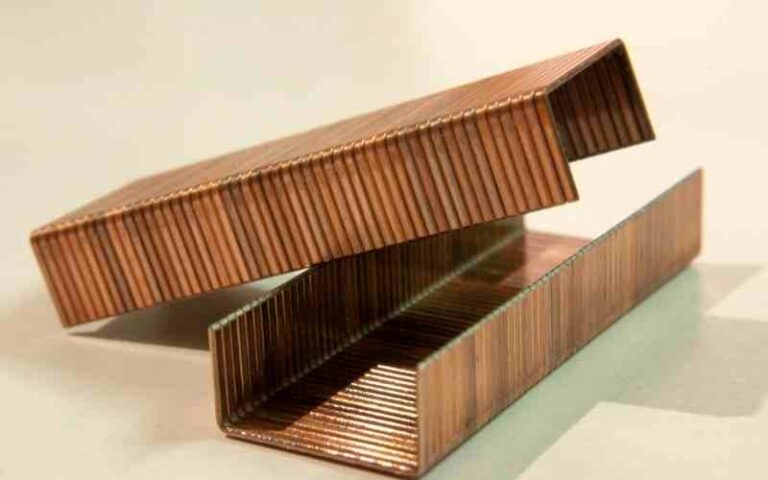Do you want a flat roof design for your dream home? This type of roofing requires different construction techniques and a choice of specific materials to ensure optimal sealing and avoid leaks and water damage.
EPDM, TPO, PVC, etc., are some of the terms you will encounter while deciding on the material to use for your flat roof. Each type has its own features making it suitable for flat roofs.
But which flat roof system is the best? Let’s find out!
Ready for a Roofing Quiz?
The Best Flat Roof System
A few years ago, the bitumen solution was still preferred, but being not respectful of the environment, it is used less and less.
Today, single-ply synthetic membranes are the preferred products for waterproofing flat roofs, among which EPDM (ethylene propylene diene monomer rubber) stands out for its high resistance, good response to water and other atmospheric agents, and optimal elasticity.
EPDM membrane is the most widely used and appreciated synthetic membrane for flat roofing in the US and worldwide. In fact, it is a suitable material for waterproofing roofs of all kinds.
In addition, it is one of the waterproofing materials with the longest durability, which means that some brands can guarantee them for up to 50 years. It also has a high mechanical resistance, ideal for walkable terraces and roofs.
Thus, the EPDM membrane is the best flat roof system.
If you’re still unconvinced and need to know more about it and the other flat roof materials, too, don’t worry. Below you’ll find a detailed discussion about the EPDM membrane and the other flat roof systems.
But before that, let’s discuss what a flat roof is to understand what kind of material is required for a flat roof and why EPDM is the best option today!
What is a Flat Roof?
A flat roof only has a flat name!
In reality, a flat roof is made up of a single horizontal slope slightly inclined (with an angle of less than 15 degrees to ensure the evacuation of rainwater. Without this slope, water could stagnate on the roof and cause leaks and water infiltration.
The flat roof is composed of a floor, a possible vapor barrier, thermal insulation, and a waterproofing membrane to cover the insulation and may include openings for the brightness of the building.
The sealing of flat roofs is essential because it prevents water infiltration, which could damage the building as well as the interior fittings.
It also protects the building from bad weather (wind, snow, etc.) and thermal insulation to ensure their durability over time.
It is the waterproofing craftsman who takes care of the waterproofing work on your flat roof.
You should also know that there are 2 types of flat roofs with different functions:
- Those accessible, suitable for conversion, and trafficable, also called roof terraces and
- Those inaccessible (except for maintenance or installing photovoltaic panels)
The flat roof can also be vegetated, for aesthetic reasons, to reinforce the thermal/acoustic insulation but also to meet the requirements of certain housing authorities that only authorize flat roofs under this condition.
The Different Flat Roof Systems
The PVC Membranes
The PVC flat roof covering is made of polyvinyl chloride, a lightweight plastic material available in different colors. It is fixed by gluing, by welding with hot air without flame, or even mechanically.
PVC has a slightly greater UV sensitivity than EPDM, which explains its poorer longevity. PVC membrane is supplied in standard-size rolls and requires gaskets, with an overall smoother appearance than EPDM.
TPO Flat Roof System
This is another roofing system that is durable and ensures maximum sealing. It is composed of a thermoplastic polyolefin membrane and is reinforced internally by an ultra-resistant polyester mesh.
This highly resistant material can withstand extreme weather and is also one of the best waterproofing roofing materials. Plus, it is eco-friendly and low-priced too, which makes it one of the most widely used roofing products.
However, enjoying something better at a lower price rarely happens. One of the basic problems with TPO is that it shrinks over time, and its joint could come off.
Although it has been reformulated repeatedly to improve its quality, the problem is still there and has not been fully resolved.
Metal Roofing
Metal roofing is another great choice for a flat roof with the longest lifespan. It doesn’t crack or break and is an extremely durable material. However, it is not 100% leakproof, especially around the roof edges and seams.
Plus, it is the most expensive flat roof system that requires expert installation techniques.
Bitumen Roof
You might have also heard of flat roofs with layers of bitumen. However, as mentioned above, this is an old sealing solution that is almost disappearing from the market for not being very durable and disrespectful of the environment.
Roofing companies and other concerned authorities do not prefer it when building new homes.
Why is EPDM the Best Flat Roof System?
EPDM is now increasingly used to seal flat roofs. Indeed, the single-layer EPDM membrane is flexible, waterproof of course, and has a longevity of more than 50 years. It is usually black and can be around 1.5mm thick with a guaranteed constant thickness.
EPDM has the advantage of having great elasticity enabling it to withstand temperature variations and adapt to the movements of the support. In addition, it is designed to be UV and weather-resistant.
The EPDM tarpaulin is supplied in large rolls to be cut to measure and thus be placed on a large surface without joints.
It is installed with Cold installation systems by gluing the fittings, mechanical fixing, or by ballasting with gravel, vegetation, or with studs.
In addition, it is an ecological material, recyclable, whose impact on the environment is limited, with a good eco-balance since it does not contain chlorine or heavy metals.
The EPDM membrane can be installed on a flat, green, trafficable roof and a concrete, wood, or steel floor. The slope ensures the flow of rainwater to the rainwater outlet.
Here’s why it is the best flat roof system:
- Its duration is superior to other materials.
- It is the easiest to install since its sheets are available in custom sizes to be laid on the floor.
- It provides the best resistance to UV rays as compared to other materials.
- It is the most elastic and flexible material without structural issues caused by breaks, half-rounds, or movements caused by PVC or other materials.
- It gives a guarantee of a minimum of 20 years on outdoors.
- It is safer due to its quick joint system.
- Singular points such as drains, pipes, and corners are also waterproofed by it.
- It doesn’t break when you drive a screw into it since it is made from recycled rubber.
No doubt, EPDM is the best flat roofing system of all. Although many factors come into play when deciding on the material for a flat roof, EPDM membrane offers the best waterproofing and is the most durable for flat roofs offered by the market.
Do you know: How Long Does A Flat Rubber Roof Last?






